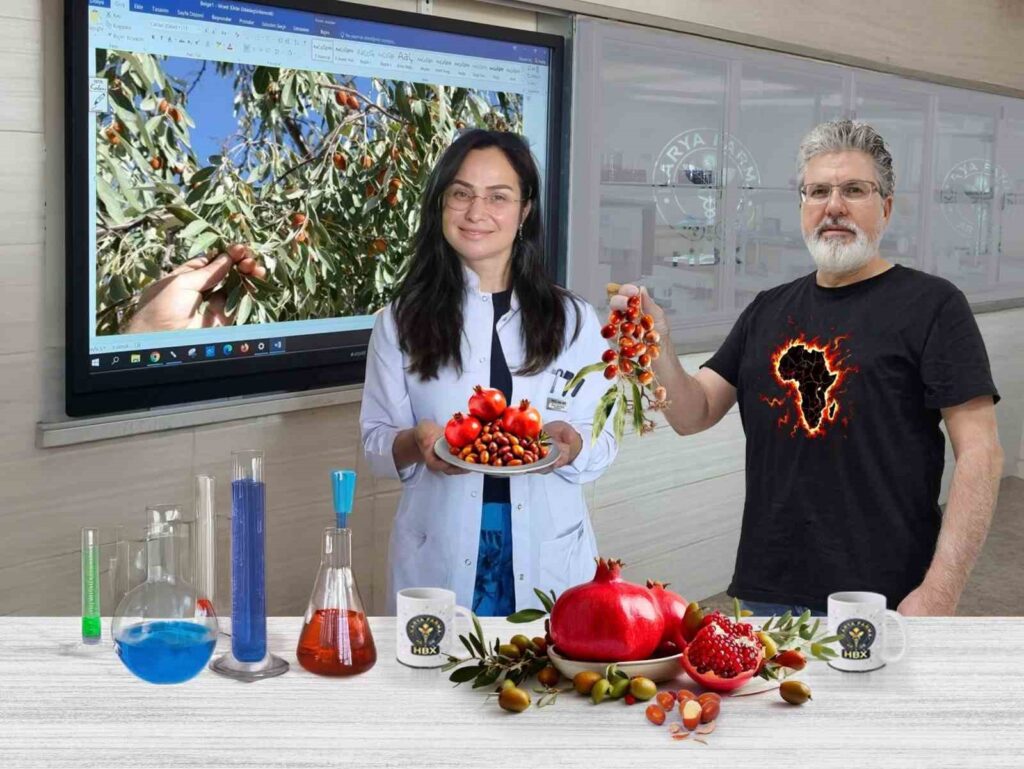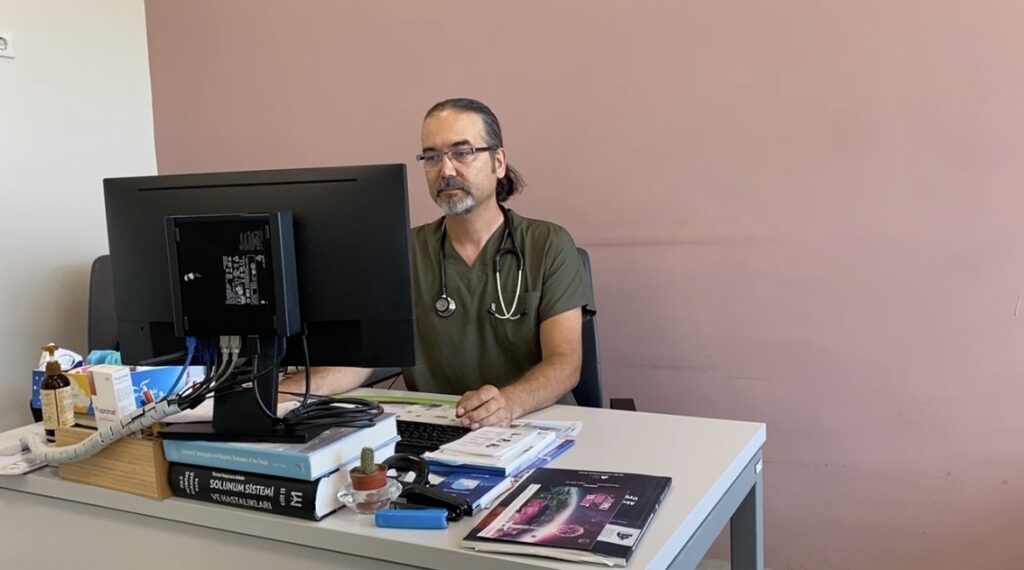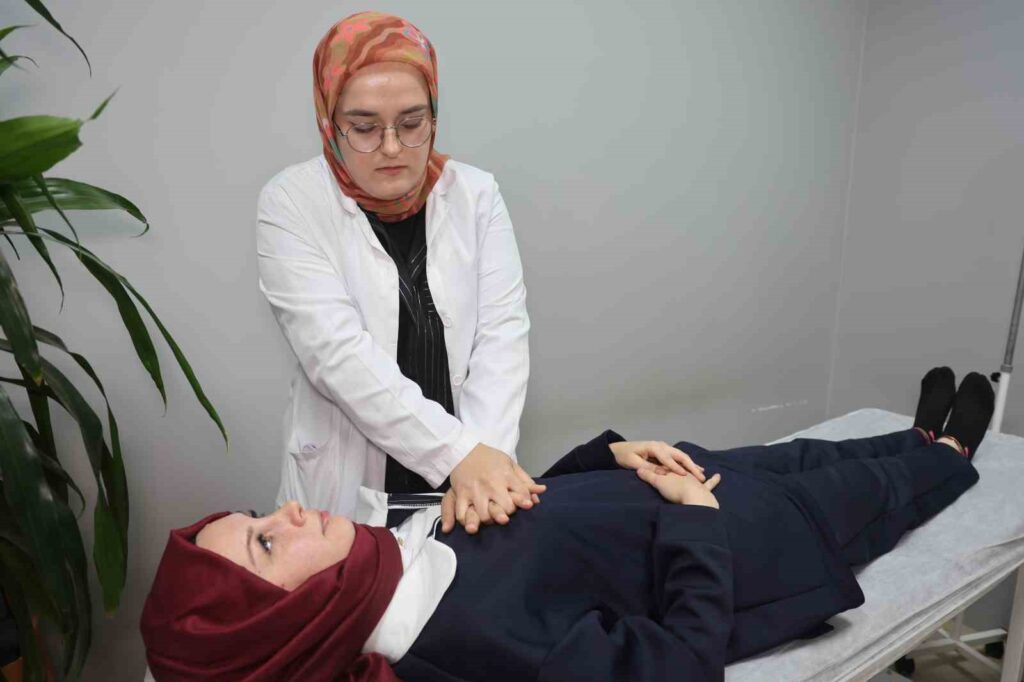Provincial Health Director Dr. Sarıkaya warned: ‘Check your body after returning from forested areas’
Çankırı Provincial Health Director Dr. Hüseyin Sarıkaya warned the public against the Crimean-Congo Hemorrhagic Fever (CCHF) virus transmitted by ticks that emerge with the warming weather, stating ‘After returning from forested areas, make sure to thoroughly check your body and clothes for ticks …

Dr. Hüseyin Sarıkaya, the Provincial Health Director of Çankırı, warned the public against the Crimean-Congo Hemorrhagic Fever (CCHF) virus transmitted by ticks that emerge as the weather warms up, stating ‘After returning from forested areas, check your body and clothes for ticks.’
As the weather warms up, the activity of ticks increases. While the Crimean-Congo Hemorrhagic Fever virus is starting to be seen more in rural areas compared to urban areas, Dr. Hüseyin Sarıkaya, the Provincial Health Director of Çankırı, issued warnings to the public to protect themselves from ticks. Dr. Sarıkaya emphasized the need to check the body and clothes for ticks after returning from forested areas, and advised seeking the nearest healthcare facility if a tick is noticed.
‘After returning from forested areas, check your body and clothes for ticks.’ Dr. Sarıkaya stated that the bite area should be cleaned with water and soap, and added ‘After returning from forested areas, check your body and clothes for ticks. Ticks are usually easily noticeable on the body or scalp. If you find a tick, do not try to remove it yourself. The most important thing to do when a tick is found on a person is to remove the tick. It may be possible to remove ticks with a tick removal tool or a pair of tweezers. If possible, it is preferable to go to the nearest healthcare facility to perform this procedure. The bite area should be cleaned with water and soap. After removing the tick, it should be dipped in antiseptic alcohol to ensure it is dead and placed in a closed container.’







